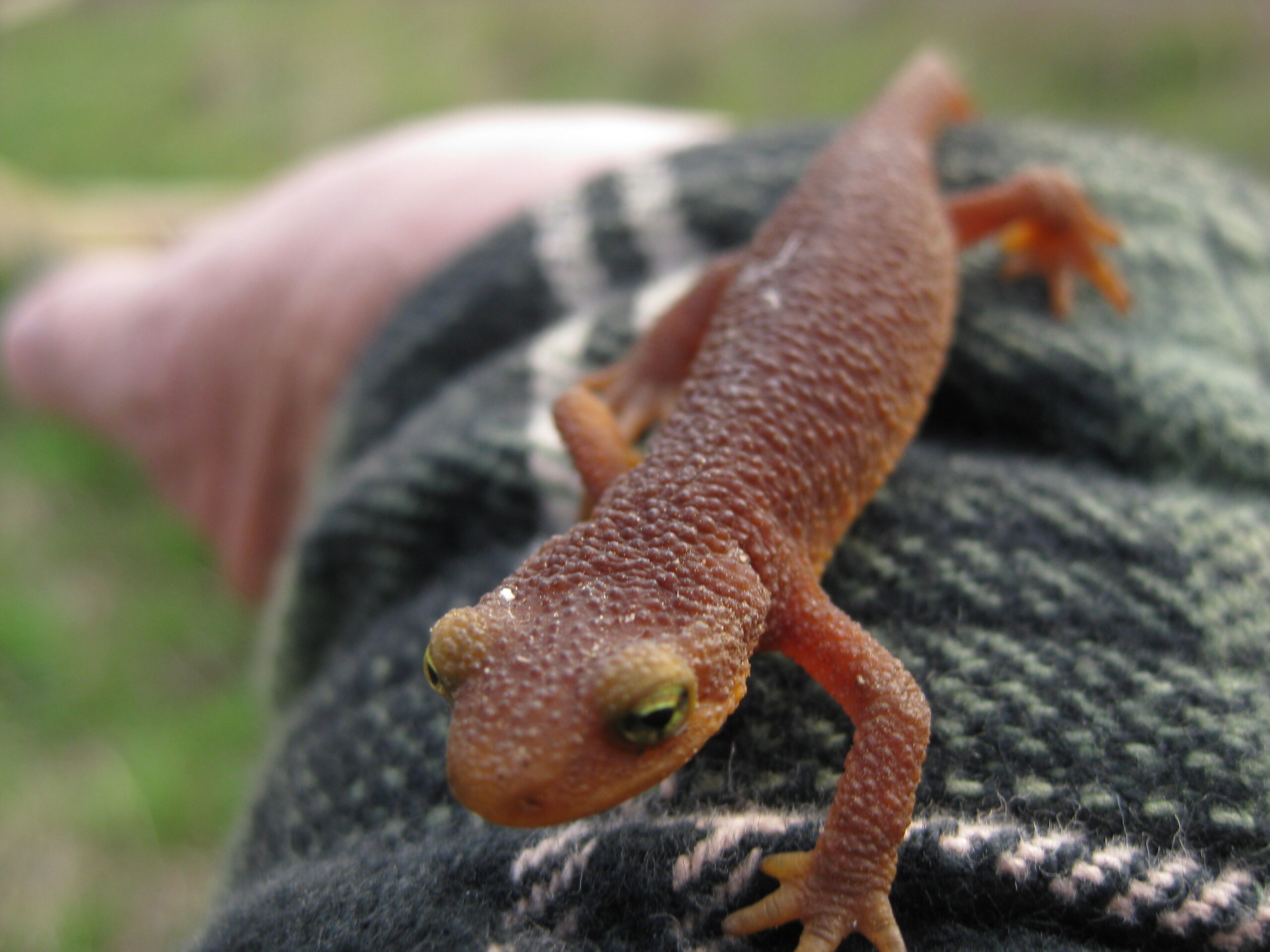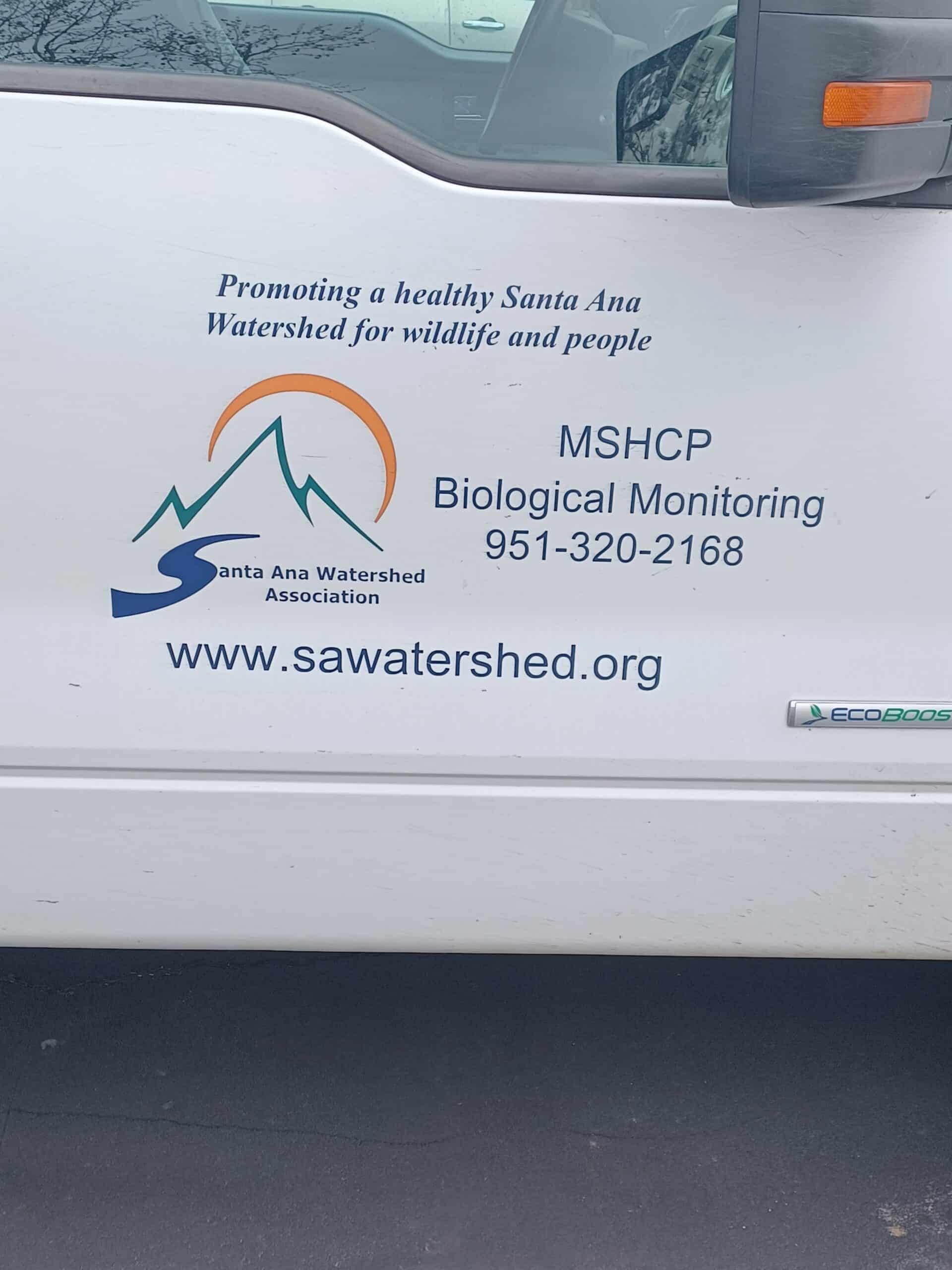Santa Ana Watershed Association
The Santa Ana Watershed Association (SAWA) develops, coordinates and implements natural resource programs that support a sustainable ecosystem and public enjoyment from the San Bernardino Mountains to the Pacific Ocean. SAWA is committed to protecting and improving areas within the Santa Ana River Watershed, including portions of Riverside, San Bernardino and Orange counties.
About SAWA
For more than 25 years, the Santa Ana Watershed Association (SAWA) and its partners have promoted a healthy Santa Ana River Watershed for the wildlife and people who inhabit it. SAWA strives to restore the natural functions of the watershed by enhancing and restoring the native riparian habitat, removing exotic, invasive species and managing existing plants and wildlife resources.
SAWA biologists conduct a variety of wildlife and habitat management services, including:
- Threatened, endangered and sensitive species monitoring
- Cowbird control management
- Breeding bird, winter bird and raptor surveys
- Herpetological surveys
- Aquatic species surveys
- Wildlife movement monitoring
- Vegetation monitoring
- Mitigation reporting
- Development of habitat


SAWA’s comprehensive data on restoration and wildlife and habitat management is utilized and well-regarded by a wide range of stakeholders in the watershed, including state and federal regulatory agencies, joint powers authorities, water districts, flood control agencies, developers, special districts, cities, counties, and engineering and environmental consulting firms.
In performing its work, SAWA collaborates with several agencies, including the U.S. Fish & Wildlife Service, California Department of Fish and Wildlife, U.S. Army Corps of Engineers, U. S. Forest Service, the state Department of Water Resources and the Regional Water Quality Control Board.
Organizational Structure
In addition to leadership by its five-member board, the Santa Ana Watershed Association is organized into four departments: Administrative, Wildlife Habitat Management Services, Habitat Restoration Services, and the MSHCP Biological Monitoring Program.
